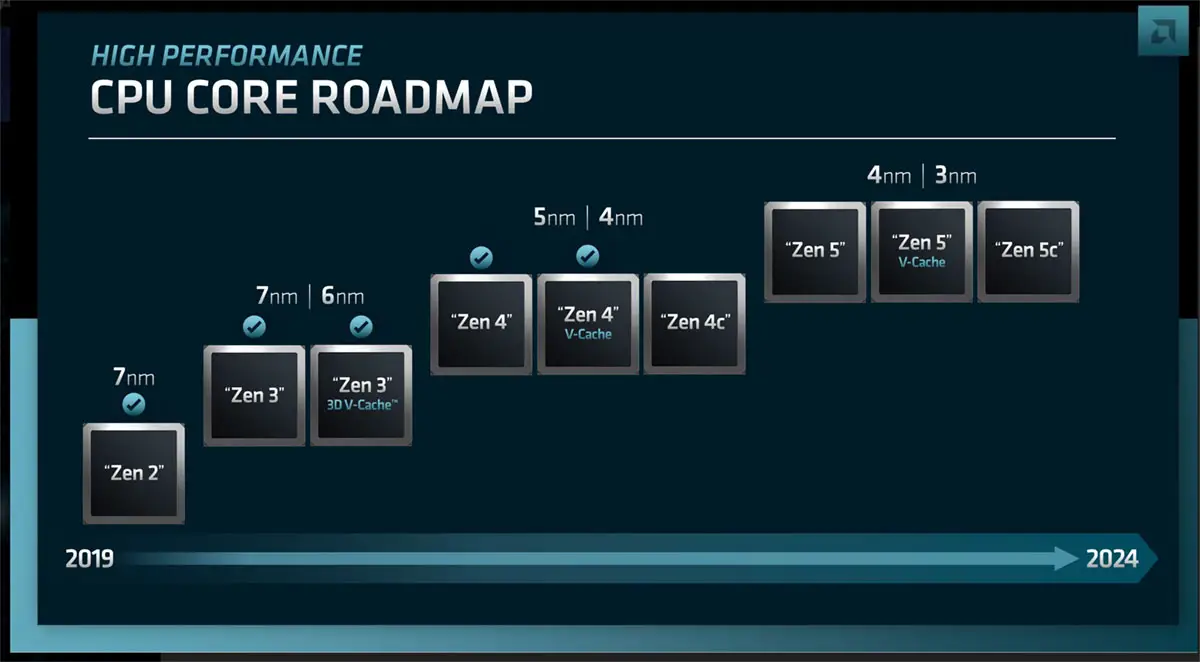AMD EPYC processor shipments have grown significantly
Since Intel launched Alder Lake, it has stopped the continuous decline in the consumer market for many years and has formed a situation of even strength with AMD. With the upcoming Raptor Lake, Intel may even have the upper hand in the competition with AMD, but the outlook for the server market is still not optimistic.
According to DigiTimes, the latest research report shows that AMD EPYC processor shipments in the server market will continue to rise in 2023 and 2024. The current penetration of AMD platforms in the data center, HPC and cloud server markets is very successful and is expected to account for nearly 18% of the market in 2024, up from 10.1% in 2020 and 16.3% in 2023.

Compared to competitors’ products, AMD EPYC processors have higher core counts, can provide better vCPU services, and are more attractive to operators. Supply chain sources expect data center operators such as Microsoft and Google to expand their adoption of AMD’s products in the next few years, and the acquisition of Xilinx will also make AMD more competitive in the edge server and FPGA markets.
Next, in addition to Genoa based on the Zen 4 architecture, there will also be Bergamo based on the Zen 4c architecture. Genoa has a maximum of 96 cores and Bergamo has a maximum of 128 cores. Both are expected to be launched in 2023. In addition, AMD will also apply 3D vertical cache (3D V-Cache) technology to the Zen 4 architecture to further enhance the competitiveness of EPYC processors in the server market.
Shipments of servers based on Arm architecture will also continue to increase and are expected to account for nearly 10% of the market by 2024, up from 3% in 2020. Amazon has launched the Outposts hybrid cloud system based on Arm architecture for edge server applications to expand its enterprise cloud service business.
Of course, it is Intel who is injured. At present, Sapphire Rapids has experienced delays and lags behind its opponents in progress. Coupled with AMD and Arm’s pressing step by step, the server market will be under considerable pressure in the next few years.





